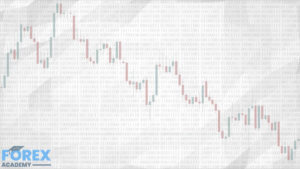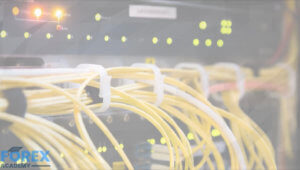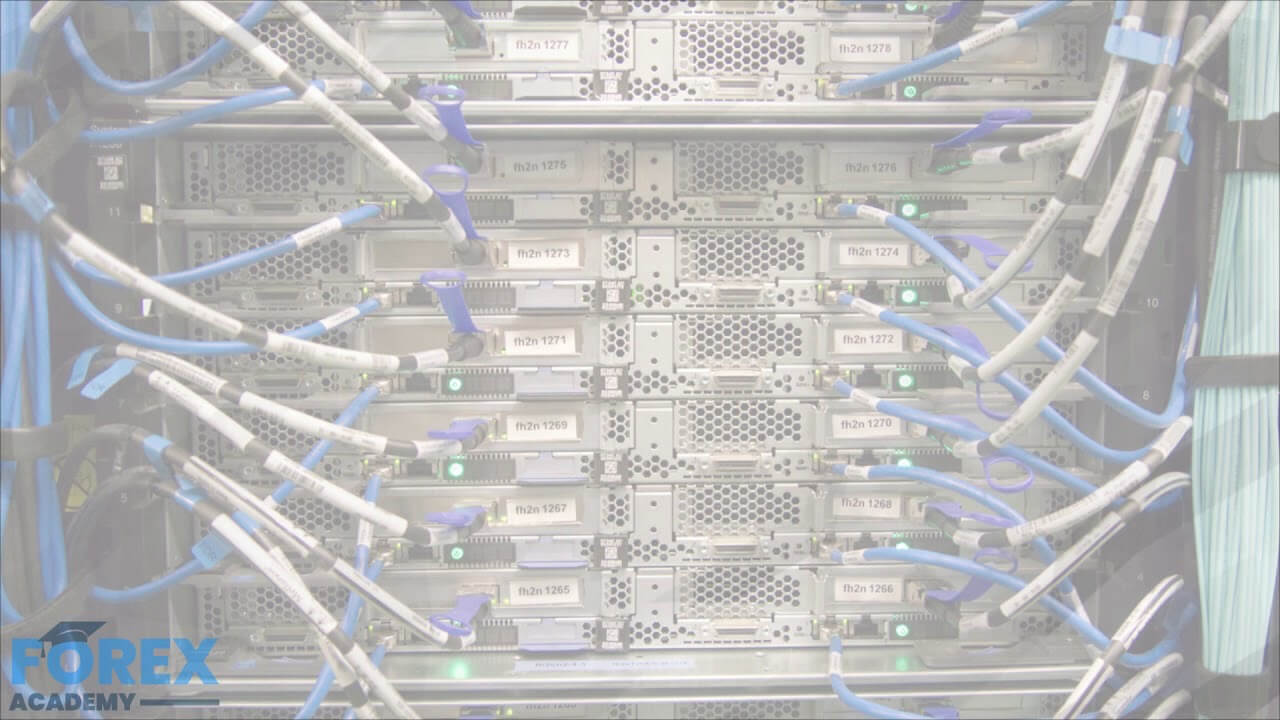High-Frequency Trading in Cryptocurrencies
High-frequency trading, also known as HFT, is a relatively new method of trading. It takes advantage of powerful computer programs that can transact a large number of orders in a time-span no human could succeed to do manually. The trading strategy is called high-frequency because the transactions are done in fractions of a second, and the sheer number of transactions can reach thousands per hour. High-frequency trading uses extremely complex proprietary algorithms to analyze various markets and determine which trades are worth taking and which are not.

One important thing that these systems strive to perfect is fast execution speeds. As these trades are performed at such high speeds, traders with the fastest execution speed will be significantly more profitable than ones that can’t execute their orders as fast.
The history of High-Frequency Trading
High-frequency trading is a fairly new trading strategy. In fact, several things needed to happen in order for it to even be considered as a trading strategy. The first one was, of course, the advancement of technology. The other was when exchanges started to offer incentives for companies to become liquidity providers.
The New York Stock Exchange’s group of liquidity providers is called Supplemental Liquidity Providers. This group was created after the collapse of Lehman Brothers in 2008 as a response to the investors showing major concern regarding liquidity. This group’s job is to create and add competition and liquidity for the existing quotes on the aforementioned exchange. The New York Stock Exchange, as an incentive to liquidity providers, pays a fee for providing liquidity. Even though the fee is extremely small (a fraction of a $ cent), high-frequency traders transact millions of times per day. As a result, the fees pile up and bring in large profits.

High-Frequency Trading in Cryptocurrencies
A handful of cryptocurrency exchanges are currently incentivizing high-frequency traders to use this trading strategy. Huobi, based in Singapore, and ErisX, based in Chicago, have separately started to offer colocation. Colocation enables a client’s server to be placed in the same facility or cloud as the exchange’s server. This would allow for execution speeds up to a hundred times faster than what was available before. This essentially gives these traders an edge over the rest of the market. Gemini was, however, the first big crypto company to offer colocation at a popular data center in the New York area. On top of that, it plans to expand its positions to a second site in Chicago.

These exchanges’ moves are a sign that high-frequency trading is something they are planning to approve as a viable trading strategy on their platform. They are doing this for a simple reason; cryptocurrency space has an enormous amount of exchanges, and crypto beginners usually choose to trade on an exchange with the highest liquidity. That’s why crypto exchanges are allowing and encouraging this controversial practice to slowly enter the crypto sphere. While “trading bots” have been present in crypto since the days of Mt. Gox, colocation takes algorithmic trading to a whole another level.
Pros and Cons of High-Frequency Trading
Pros of High-Frequency Trading
High-frequency trading provides two major benefits:
It improves market liquidity.
It removes bid-ask spreads.
By transacting millions of times throughout the day, high-frequency trading helps increase liquidity and remove bid-ask spreads that would otherwise be too small. This was even tested by adding fees on HFT, which resulted in bid-ask spreads increasing.
Another upside of high-frequency trading is that it removes the need for manual trading at big companies, therefore reducing labor and labor education costs dramatically. Once the algorithm is programmed, the operators only interfere with the system is when they notice an error.
Cons of High-Frequency Trading
High-frequency has also had some criticism on its back due to its downsides. What has been listed as a benefit can also be considered a downside in this case. High-frequency trading has almost completely replaced humans for mathematical models and algorithms to make decisions. Decisions of whether to buy or sell happen in milliseconds and due to the similarity of models between companies, the market swings upwards or downwards without any particular fundamental reason.
May 6, 2010, has shown us how the unexplained swings could shake the markets. The Dow Jones Industrial Average suffered its largest intraday point drop ever in just 10 minutes by declining 1,000 points. The price plummeted and rose back up again 20 minutes later. A government investigation found out that the reason for this crash was a massive order that triggered a sell-off.
Another downside to high-frequency trading is from the perspective of retail traders and companies that do not have the capital to position their servers near the trading mainframe. As a result, the big companies with well-developed high-frequency trading systems now profit at the expense of the “little guys.”
Another major concern about high-frequency trading is the type of liquidity it provides. The liquidity produced by this type of algorithmic trading is momentary and is also called “ghost liquidity.” This means that high-frequency trading provides liquidity that is available to the market for an extremely short amount of time. This way of providing liquidity, in most cases, prevents traders from actually using the liquidity provided.
Recommendations
Since High-Frequency Trading is a relatively new concept, information on it is quite scarce. On top of that, trading algorithms and models used by the large companies are kept a secret in order to remain as profitable as possible.
However, there are some quite interesting pieces on high-frequency trading worth reading. Anyone who is interested in reading about algorithms and high-frequency trading should take a look at:
Algorithmic and High-Frequency Trading (Álvaro Cartea, Sebastian Jaimungal, José Penalva) – This book first explains how market microstructure works. After that, it focuses on using various tools from stochastic analysis to solve problems such as optimal liquidation or optimal acquisition problems. The book also discusses some HFT strategies that can be used by anyone and everyone.
High-Frequency Trading: A Practical Guide to Algorithmic Strategies and Trading Systems (Irene Aldridge) – This book focuses on high-frequency trading strategies and models. It also shows proper and appropriate ways of backtesting these strategies and analyzing their performance over time. The book also sheds light on how high-frequency trading is used in a business scenario.





